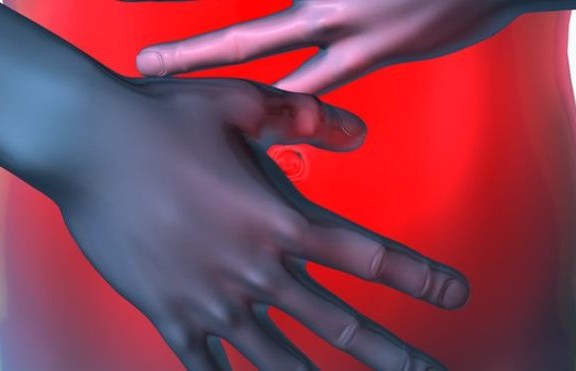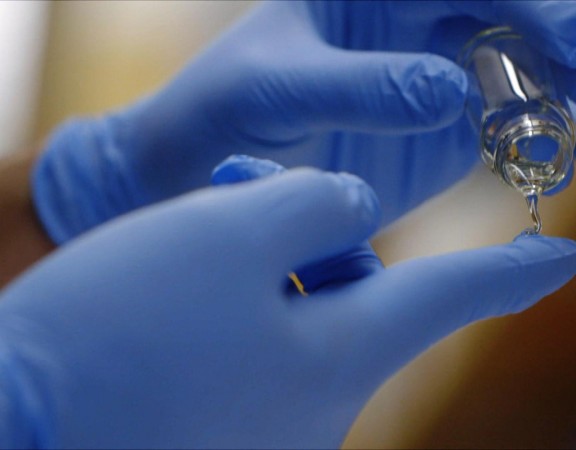BioMEMS
THERAPEUTIC MICRO-DEVICES BASED ON CELL ROLLING
Cell rolling is an important physiological and pathological process that is used to recruit specific cells in the bloodstream to a target tissue. This process may be exploited for biomedical applications to capture and separate specific cell types. One of the most commonly studied proteins that regulate cell rolling is P-selectin. By coating surfaces with this protein, biofunctional surfaces that induce cell rolling can be prepared.
Human existence and longevity relies on the ability of cells to travel through the bloodsteam to distant regions in the body to aid in tissue repair. One may question, “how can fast moving cells in blood possibly locate and stop within specific tissues?” Blood vessels contain a layer of cells called endothelial cells that are in continuous contact with
flowing blood. During inflammation, the endothelial cells express certain adhesive arms, or molecules, on their surface which grab onto specific moving cells and cause them to slow down and roll. This permits the cells to further reduce their speed and sense regenerative or other signals originating from damaged or diseased tissues.
Cell rolling is of primary biological importance given its role in recruitment of blood cells to sites of inflammation, homing of stem cells during bone marrow transplantation, and it is involved in the pathology of cancer metastasis where tumor cells may break off from a tumor and travel through the blood stream to initiate tumor formation at a distant sites.
The molecules on the endothelial cells which induce cell rolling are called selectins and have been the subject of intensive study for decades. However, all studies to date have utilized simple adsorption of selectins to surfaces which are unstable and not translatable to an implantable device.
Recently we developed a new technology to enhance the stability of selectins on implant surfaces. We demonstrated a 30 fold increase in the stability of selectins. Through enhancing the stable presentation of selectins within a device which may be directly connected to blood vessels, particular cell types traveling through the bloodstream such as cancer cells or stem cells can be captured. These results are directly applicable to the design of therapeutic or diagnostic devices.
DIAGNOSTIC MICRO-DEVICES BASED ON CELL ROLLING
We continue to develop this device and work on new chip based technologies to sort cells for stem cell and cancer diagnostic and therapeutic applications.
MICRO-DEVICES FOR INTERROGATING MECHANISMS OF CELL MIGRATION
We have initiated a journey to elucidate fundamental aspects of cell migration that have not been previously reported. Stay tuned as data becomes available.




